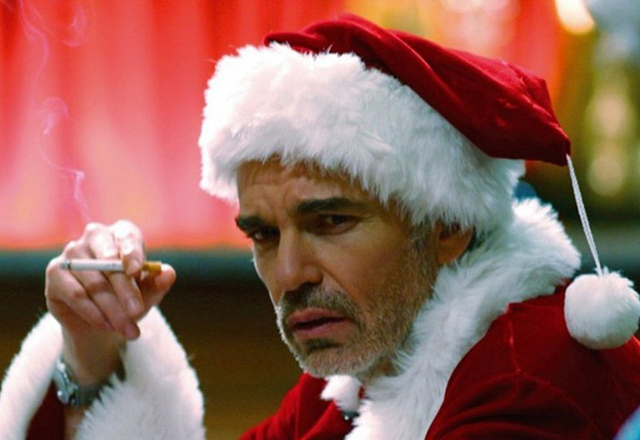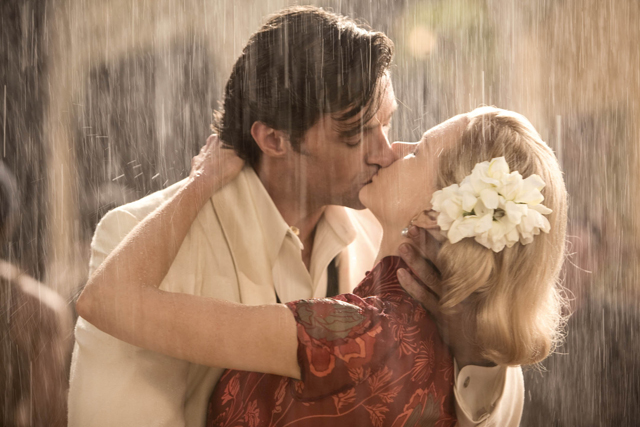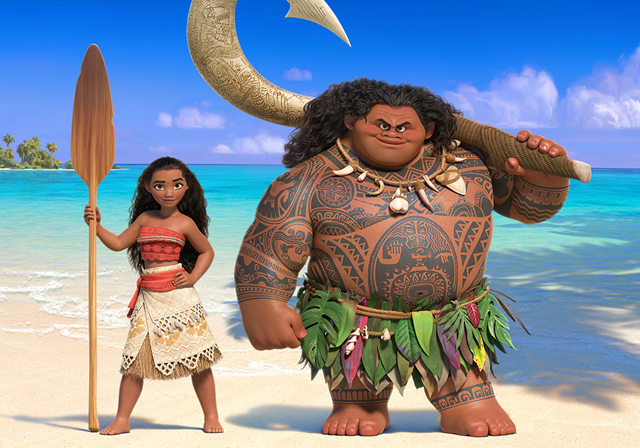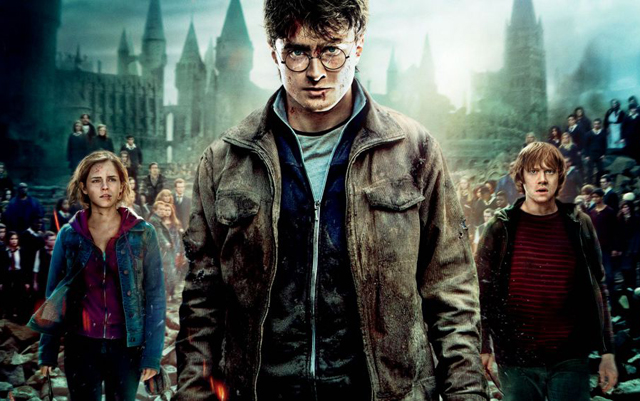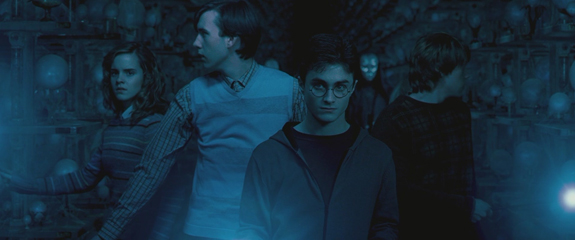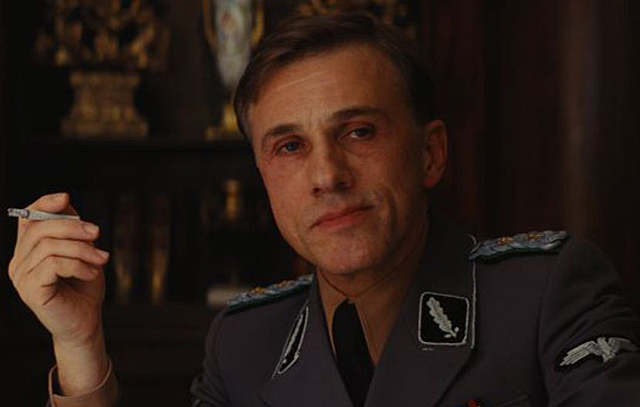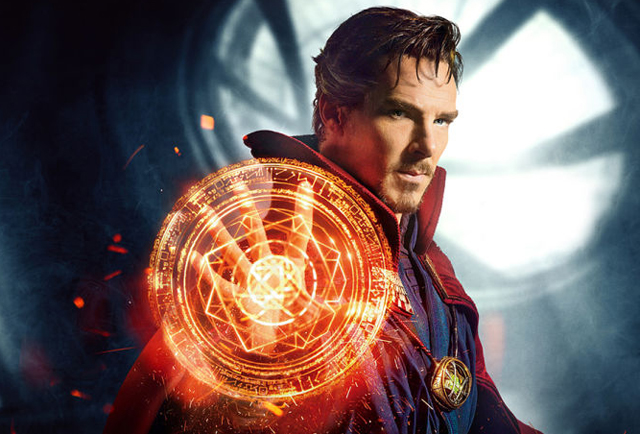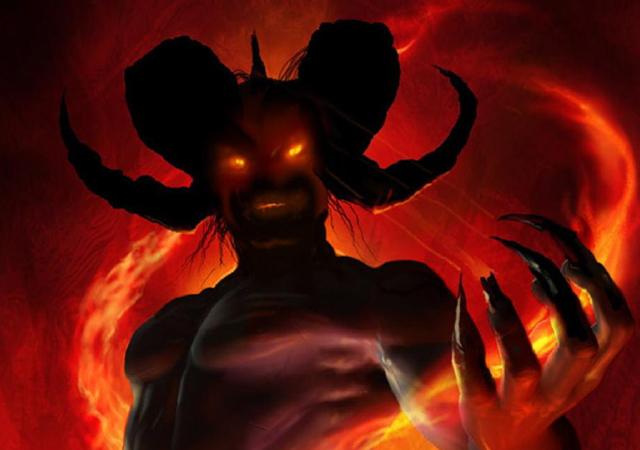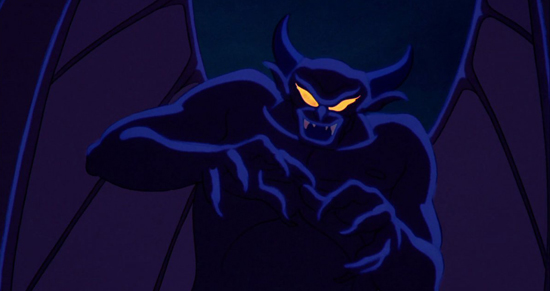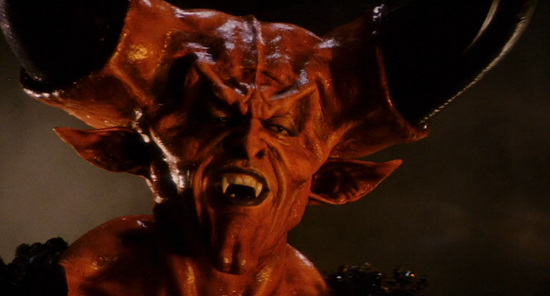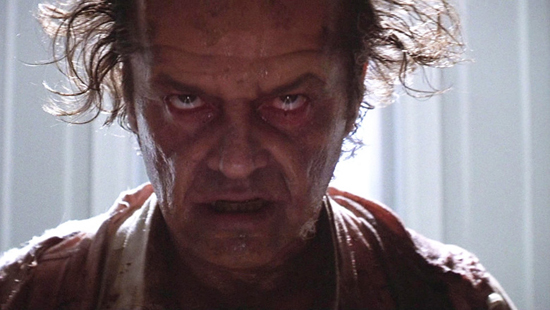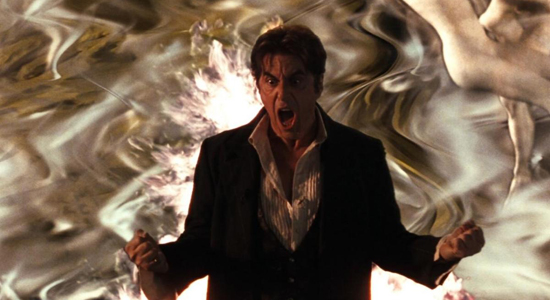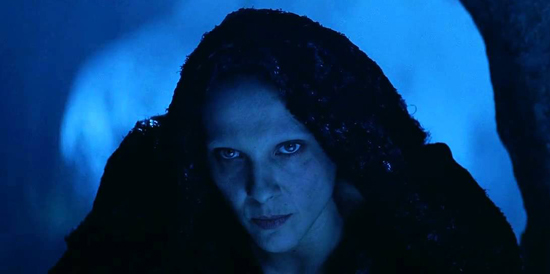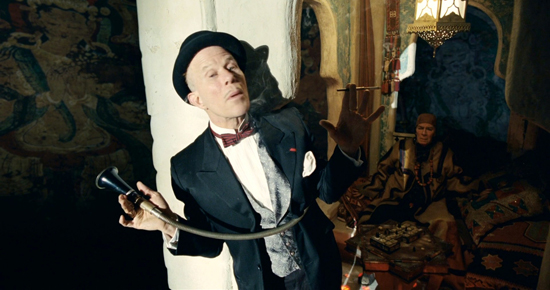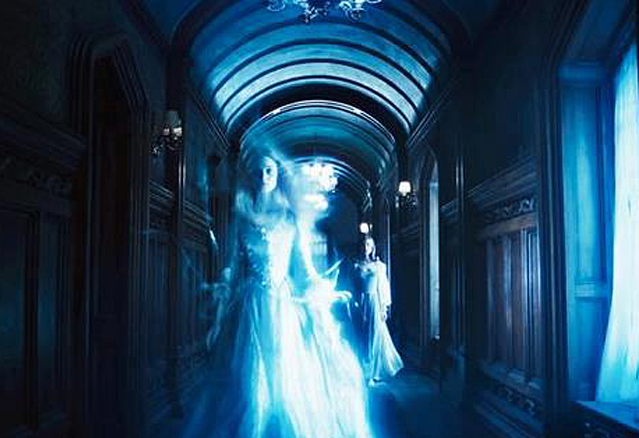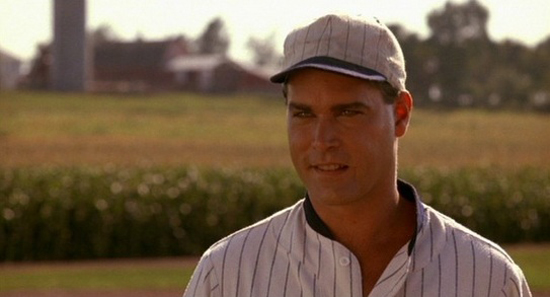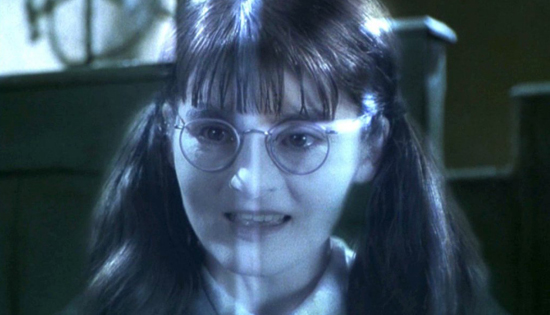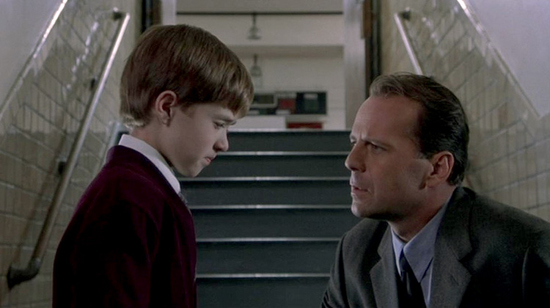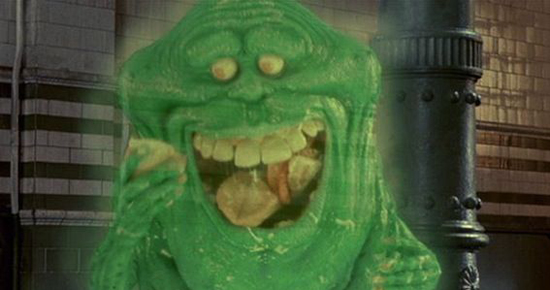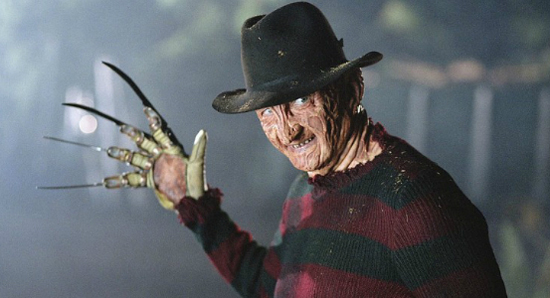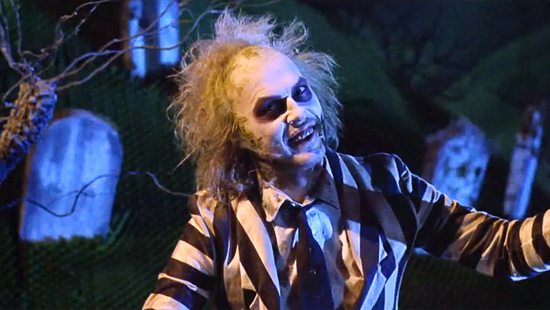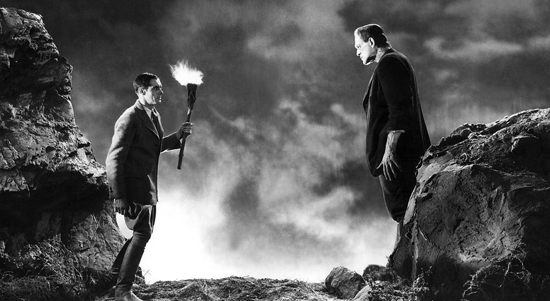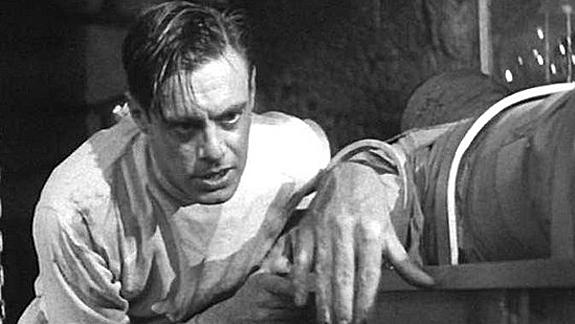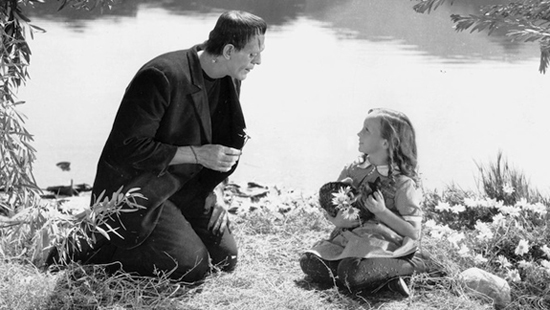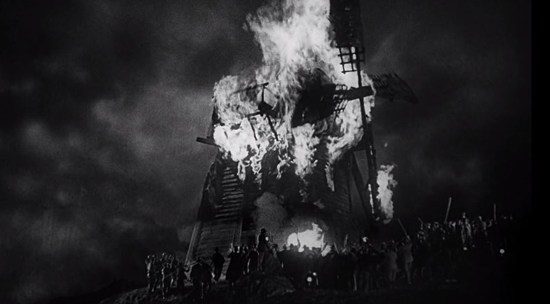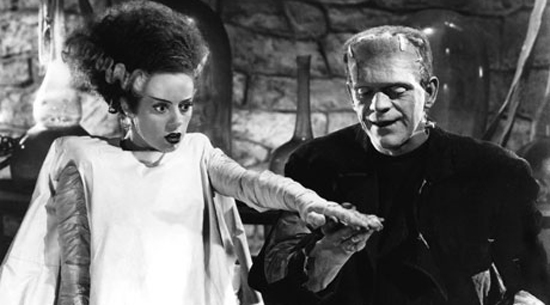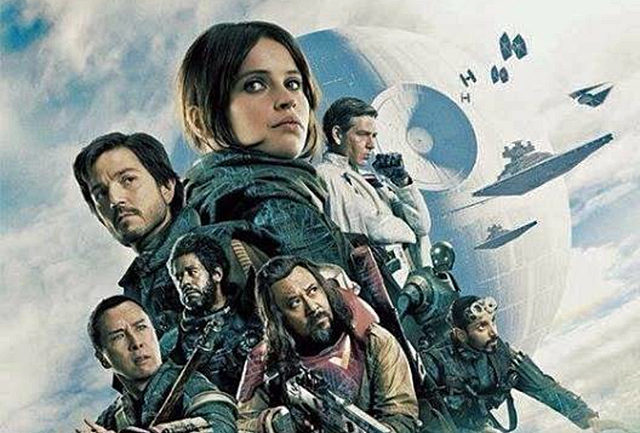
A year ago, the whole world was deeply anticipating the long awaited return of the Star Wars franchise to the big screen with the release of the seventh film in the saga; The Force Awakens. This was the first film in a new era for the series; unencumbered by it’s complete control under it’s creator George Lucas. With the Disney company taking the reins, the Star Wars series was ready for the change it desperately needed. And that change came in record-shattering fashion with The Force Awakens. Though the story behind it wasn’t as fresh as people liked (basically it was a rehash of A New Hope for most people), the spirit behind it felt authentic, and it pleased a whole legion of fans young and old. I for one included it on my best of the year list for 2015, more than anything just for the sheer entertainment value. And while continuing the main saga of the Star Wars franchise is a pleasing mission to see realized in cinemas today, what Disney also had planned for this property actually is the thing that gives me the most excitement about the future. What we are going to see from Disney and Star Wars is an endless series of standalone features dedicated to expanding the storyline outside of the main saga. In other words, the sky is the limit to what can be turned into a feature with the Star Wars universe as it’s backdrop. Primarily, we will be seeing backstories fleshed out, explore subplots in full length treatments, and experience other worlds that had until now been unseen. Already Disney has been gearing up an origin story for one of Star Wars most beloved heroes, Hans Solo, which should be in theaters in 2018. There are also standalone features rumored to feature Boba Fett and Obi-wan Kenobi in the near future. But, this ambitious plan for an expanded universe must have a solid beginning, and this year, we have that foundation set by the first ever Star Wars Story; Rogue One.
The idea to make this the first in the expanded universe tales seems like a sound one. It’s taking a subplot from the original trilogy, about the Rebel spies who stole the Death Star plans from the Empire, and finally showing us how it was done and by whom. If there is one thing that the Star Wars universe hasn’t devoted a lot of time to, it would be the lives and trial of the many people who make up the resistance. Oh sure, we know about Leia and Han and of course Luke Skywalker, but what about all those nameless heroes who fight alongside them. Rogue One finally lets us hear their story and learn about the sacrifices and hardships they face in the shadow of the evil Galactic Empire. The movie also gives us another interesting side story to explore which is the creation of the ultimate weapon; the dreaded Death Star. The Death Star of course is one of the most iconic pieces of the Star Wars universe, so seeing it again brought to life on the big screen is another thing that I’m sure will please fans. Also, and more importantly, this movie’s strong sense of nostalgia is going to make it appealing to fans. It takes place in the same time period as the original trilogy, and borrow strongly from that era’s visual aesthetic. Because of that, many are hoping that this will be the first true Star Wars movie since the originals, and not the glossy retread that was The Force Awakens, or the garishly over-produced betrayals that were the prequels. But, straying into the open world of an expanded universe can have it’s own troubling consequences if the stories are not strong enough to support the legacy behind them. So, does Rogue One fall short of it’s astounding pedigree, or is it a hopeful indicator of the great things to come in the Star Wars universe.
Rogue One’s narrative begins in-between Episodes III and IV of the main saga; Revenge of the Sith (2005) and A New Hope (1977) to be specific. In fact, it leads right up to the beginning of IV, in a very effective way. The story introduces us to Jyn Erso (Felicity Jones), the daughter of a leading engineer for the Imperial Forces named Galen Erso (Mads Mikkelsen), who as we learn is the chief architect of the Death Star. Jyn has spent years living as an outlaw trying to reconnect with her father and her misdeeds against both the Empire and the Resistence forces eventually gets her caught by a band of rebels led by Captain Cassian Andor (Diego Luna) and his re-programmed Imperial droid K-2SO (Alan Tudyk). They bring her before the Resistence leaders, including Mon Mothma (Genevieve O’Reilly) and Senator Bail Organa (Jimmy Smits), who enlist her to help them retrieve a message from an Imperial pilot (Riz Ahmed) who had just defected and is in the custody of a rogue Rebel warlord named Saw Gerrera (Forest Whitaker); a former acquaintance of Jyn’s. They find Saw’s base on the Imperial occupied planet of Jedah, a once holy center for the Jedi Order. There they encounter Imperial Stormtroopers all around, but are assisted by two resourceful rogue warriors; the sharpshooting Baze Malbus (Wen Jiang) and the blind daredevil monk Chirrut Imwe (Donnie Yen). But, while this small band tries their best to discreetly complete their mission, final preparations are being made on the Death Star, with it’s overseeing Commading Director Krennic (Ben Mendelsohn) eager to test out it’s planet destroying power. Krennic’s ambitions drive him to even more drastic methods than many of the other Imperial commanders; which makes him especially threatening to the Rebels, and a nuisance to some of his superiors in the Imperial force including Grand Moff Tarkin (Guy Henry) and Darth Vader himself (voiced again by James Earl Jones).
As you can tell, this is a heavily packed film with quite a lot of characters and plot threads. In fact, it may be the most ensemble heavy Star Wars film we’ve ever seen. So, is that a good thing or a bad thing? How does this stack up against the other Star Wars. Well, judging this movie is challenging, mainly because it is part of this legendary legacy. The Star Wars grading curve is a peculiar one, mainly because the high points of the series are almost insurmountable, and we all know by watching the prequels how low the series can get as well. My rating of the movie is like this; if it weren’t for the fact that this was another Star Wars movie, I would say that Rogue One is one of the greatest sci-fi adventure movies ever made. But, because it is a Star Wars , it inevitably has to be judged with the other movies in the series, and that unfortunately brings an unfortunate burden on the film as a whole. It doesn’t quite have the same kind of flawless spirit that Star Wars had at it’s height with A New Hope and The Empire Strikes Back (1980), or even the nostalgic heart that elevated The Force Awakens, but at the same time it is still an enormously enjoyable adventure in it’s own right. The best way to judge this movie is to look at it as a war film instead as a part the Star Wars narrative, and in that regard, it is an exceptional piece of work. The movie does an excellent job of giving a face to the Rebellion fighters, showing them as more than just screen filler standing around the franchises’ main stars. They are all vulnerable beings fighting for something they believe in and are willing to accept the cost of even their lives. There are no Jedis in this movie and only one character wields a lightsaber late in the film (in a truly spectacular moment). This is instead a battle fought through wits, determination, and blasters and in a way that’s the refreshing thing about this movie that sets it apart from it’s predecessors.
If the film has a major flaw in it, it would probably be with the characters. None of the cast of characters in this movie are terrible per say, it’s just that very few of them are memorable. This is one thing that made The Force Awakens a better film; it endeared us to the new characters of Rey and Finn and Kylo Ren with a lot more focus than there was on the story. Here, characterizations are minimal, mainly because there is so little time to fit all of them in. The one’s who suffer the most are the two leads; Jyn and Cassian. The actors playing them do a fine job, but the characters are so underdeveloped that they come off as a little boring. Jyn in particular is the biggest disappointment as a character, especially considering Star Wars history with strong heroines from Princess Leia to Rey. The supporting players fare a little better. I particularly liked the droid K-2SO. He’s got all the resourcefulness of C-3PO, but with none of the cowardice, and he’s even got a sly sense of humor as well. Some other great characters are Baze and Chirrut, the two exiled guards of a Jedi temple. Chirrut is the one character in the movie that mentions the concept of the Force, and he in turn becomes the movie’s spiritual center. It’s especially fun to see Donnie Yen’s martial arts skills put to good work with the character, especially knowing that the character is also supposed to be blind. And Jiang’s Baze is just a great bad ass with a really big gun. I also want to spotlight Ben Mendelsohn as the villain Krennic. What could have easily turned into a whiny, unlikable villain instead becomes a richly textured character through Mendelsohn intimidating performance. He even holds his own in scenes with Darth Vader, which is no easy task.
But while the cast of characters is a mixed bag, the visual presentation is beyond exceptional. This is a spectacular looking film. The epic scale is on par with Star Wars at it’s very best, and maybe even a little more. Thankfully Disney and Director Gareth Edwards did not treat this side story any less important than the films in the main Star Wars saga. In fact, the scale of production feels even greater here than it did in The Force Awakens. In this movie, we are treated to incredible locals that we’ve surprisingly have yet to see in a Star Wars flick. A tropical beach becomes a battleground for example, complete with all the classic Star Wars machinery that we’ve come to love over the years, including the mighty Imperial Walkers. But, the visual give a lot more to the story than to show off, which is something that plagued most of the prequels. I also commend the filmmakers for trying their hardest to recreate the texture and feel of classic Star Wars. The movie has a definite lived in feel like the original films, with all the dirt and crime intact. Some locals from the original trilogy even make a return appearance like the Yavin 4 moonbase of the Rebellion and of course the Death Star itself. Speaking of the Death Star, this movie allows us to experience something that even the original trilogy was never able to show before, and that’s the true destructive force of it’s power. In the original Star Wars, we saw the destruction of Alderaan from a wide shot, mainly because that was the only way 1970’s visual effects could portray a planet’s destruction on screen. Here, we see the Death Star’s power demonstrated from the surface of the planet itself, and it is chilling. I don’t think we’ve ever seen this kind of apocalyptic imagery shown in a Star Wars film before, and it really helps to elevate the true menace of the Death Star more than ever.
And that’s another thing that I like about this movie is that it does a great job of adding more lore to the Star Wars universe as a whole. It actually helps to fill in some of the gaps in the overall Star Wars narrative and set things in motion in a very effective way. Some of the classic characters are also used very well, although there is one distracting element about them that I have to point out. Some characters who have aged too much over the years or whose actors have deceased since the original film’s release are digitally recreated in a very distracting way. The CGI used for their faces are not the worst that I’ve seen, but it still falls into that uncanny valley where it just doesn’t look right and it takes you right out of the movie every time it happens. Think of the de-aging effects they used on Jeff Bridges in Tron Legacy (2010), and you’ll get the idea. It might of been better if they used make-up effects to do the same thing, or even cast someone who looks exactly like the original, like what they did for the character Mon Mothma. Darth Vader fares much better as a revitalized character in this film. He’s not in the movie a whole lot, but the few moments he has are spectacular. You really get the sense of how much he was neutered as a character in the prequels, and this movie finally allows him to be the frightening force of nature that the original trilogy had made him to be. Also, hearing James Earl Jones voice once again with the character is a true delight. It all helps to make this film feel like it rightfully stands with the main saga, and best of all, by filling in the gaps in the story, it actually enhances the original film itself.
So, Rogue One may not live up to the stellar heights of the series at it’s very best, but that doesn’t mean that it’s not a lot of fun to watch either. What it lacks in characterizations it makes up for with thrilling action. Some of the action moments here are among the best that I’ve seen in the series as a whole, including the final battle at the end which may even exceed the dogfight in space from Return of the Jedi (1983). I commend this movie for it’s sense of scale, and for not pulling any punches either. This is a dark and sometimes brutal film, and it really gives you a sense of the amount of sacrifice that the Rebels in the Star Wars universe go through in order to stop the Empire. I think that this is the movie’s greatest contribution to the Star Wars lore; that it gives a face to the faceless rebels that we’ve only seen on the periphery of the main saga before. These are not special people with special powers; they are merely survivors fighting against the odds and with only their skills and wits to help see them through. That in itself makes Rogue One a triumph. It may be rough around the edges and lacks the steady entertainment factor that elevated The Force Awakens, but it still is one hell of a ride, and it especially gives us a lot to look forward to in the future for this series. Indeed, I’m happy this movie works as well as it does, because it shows us that any story outside of the main saga can hold it’s own on the big screen. It makes me eager to see the planned Han Solo origin story, and especially excited to watch next year’s continuation of the saga with Episode VIII. As for now, the force is still strong with Rogue One and it’s absolutely worth the journey to that galaxy far, far away once again for all audiences.
Rating: 8.5/10
